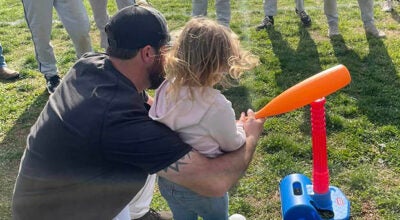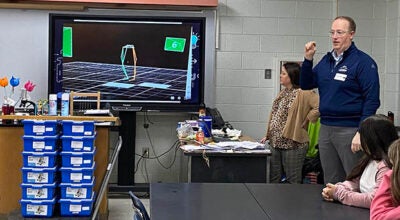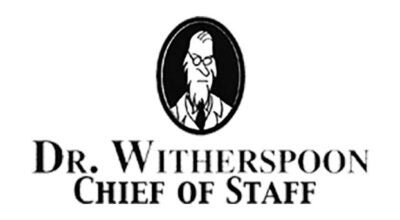Her thoughts — The history of carols
Published 12:00 pm Thursday, November 3, 2022
|
Getting your Trinity Audio player ready...
|
Christmas is a time for celebrating the birth of our Lord Jesus Christ and we sing carols as a festive way to honor the holiday. Where did carols originate and why do we sing them? The first carols weren’t carols at all. They were pagan songs performed in Europe a thousand years ago to celebrate the Winter Solstice, which involved dancing around stone circles. In fact, the word carol means to dance or sing a song of praise and joy. The Winter Solstice is usually around December 22, the shortest day of the year.
In the beginning carols were performed in all four seasons but singing them at Christmas is the only tradition that survived. Once Christmas started being celebrated the same time as the Winter Solstice, early Christians sang Christmas songs instead of the pagan ones. An early carol was written by a Roman bishop in 129 called “Angel’s Hymn” and it was sung in Rome at a Christmas service and subsequently, many composers all over Europe started to write Christmas carols. Since they were in Latin not many people liked them because they couldn’t understand them, so people started losing interest in Christmas celebrations.
Thankfully, that all changed when St. Francis of Assisi in 1223 started his Nativity Plays in Italy, where songs or canticles told the Nativity story in the performances. Performances of the carols spread throughout Europe in places such as France, Spain and Germany while sometimes the choruses were in Latin the audiences understood and joined in.
Unfortunately, celebrating Christmas and carol singing stopped when the Puritans ascended to power in the 1640s in England, yet, people still secretly sang them and it wasn’t until the Victorian era when two men named William Sandys and Davis Gilbert collected old Christmas music from English villages. Although carols were sung in pubs as folk songs but considered improper for middle and upper class folks they are still performed today north of England, especially in North Derbyshire and South Yorkshire.
Before the popularity of carol singing in churches, “waits” were official street carol singers who performed and these groups of people were led by local important leaders like councilmen. They were the only ones who had the power in the towns and villages to take money from the public for performances; if anyone else did they were charged as beggars. The name “wait” was given since they sang on Christmas Eve which is sometimes known as “watchnight” or “waitnight” because shepherds watched their sheep when the angels appeared to them. Many choirs and orchestras were singing Christmas carols in churches and concert halls with songs like “Good King Wenceslas’’ being written in the Victorian era. As the tradition of street caroling was popular then it still is today. One of the most popular carol services are Carols by Candlelight where the churches are lit by candlelight and they are beautiful services filled with glorious carol music.
We can see the progression of how carols were introduced and how they evolved over the various periods, surviving ridicule and elitism. As we approach in a matter of weeks the Christmas season, let us remember the carols we have come to know and love over the years. Honor the joy and majesty they bring, because we know that we celebrate the birth of our Savior Jesus Christ with family and friends as well as the love and life His gift gave the whole world.
Judy Moore is a tour guide at The Central High Museum and lives in Wylliesburg. She can be reached at v5agabond2@gmail.com.




